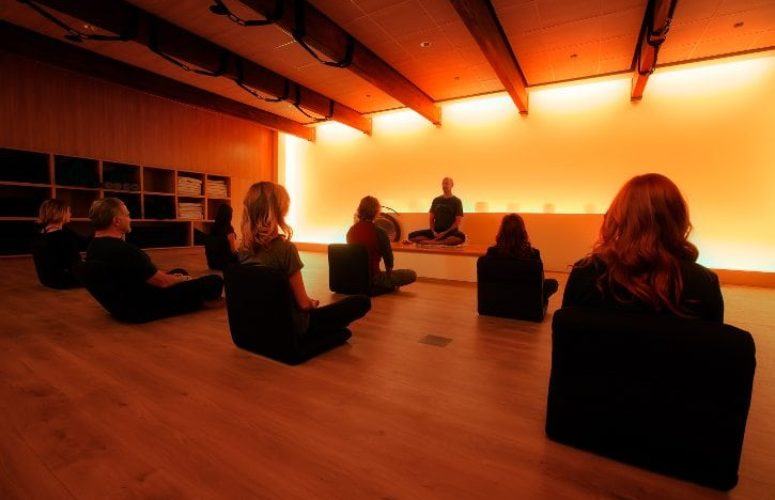
Workplace Wellness: It Starts from the Top
Let your employees know what programs you offer and that it’s okay to step away from the desk to get healthy.
By Dr. Frank L. Urbano On Oct 17, 2018When considering how to improve one’s overall health and well-being, starting at the office may not be the first thing that comes to someone’s mind – but it should. According to the 2018 Employee Benefits Survey published by the Society for Human Resource Management earlier this year, 75 percent of employers offer some form of wellness program.
The key to the success of these programs is employee participation. While availability is prevalent, studies show that employee awareness about their employer’s wellness programs does not match up. In fact, a 2015 Harris Poll Nielsen Survey showed that employers reported offering wellness programs at almost twice the rate of employees who reported having these programs available to them. That means it’s crucial for leadership to promote these programs and create a culture that encourages participation.
Walking the Talk: It’s true that some wellness programs may require employees to step away from their desks for a bit, but knowing it’s okay to do so can impact overall participation. For example, encouraging employees to utilize a worthwhile Paid Time Off for Preventive Screenings benefit will likely increase the number of individuals who take advantage. These few hours out of the office could help minimize future absenteeism.
For employers who offer onsite programs such as yoga or walking clubs, participation from management can send an encouraging message too. Other programs can be more personal in nature, such as onsite biometric screenings or nutritional counseling.
Recognizing the Benefits: Promoting these programs is not only valuable to employees, but employers can see vast benefits as well. The Centers for Disease Control and Prevention states that productivity losses from missed work cost employers $225.8 billion, or $1,685 per employee, each year. According to the Surgeon General, those absenteeism costs are reduced by approximately $2.73 for every dollar spent on workplace wellness programs.
Beyond dollars saved, wellness programs can instill a sense of comradery among employees by championing one another in ways they may not get to on a routine work project. Employees can step outside their roles and get to know each other as people, which can improve working relationships and overall satisfaction at work.
There is room to be creative when considering ways to promote wellness to employees. A “healthy happy hour” can allow a team working towards a deadline to reenergize together. An instructor-led activity that would be comfortable for various skill levels, such as meditation or a step class, would be essential in this instance.
No matter what kinds of wellness initiatives a company decides to offer, the value that can result will be mutually beneficial.
About the Author: Dr. Frank L. Urbano, MD, MBA, FACP is senior medical director for AmeriHealth New Jersey.
To access more business news, visit NJB News Now.
Related Articles:





